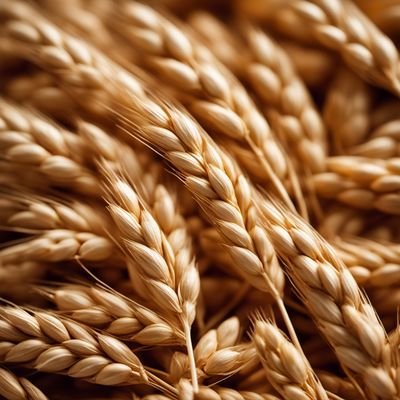
Ingredient
Buckwheat groats
The Nutritional Powerhouse: Buckwheat Groats
Buckwheat groats are small, triangular seeds with a nutty flavor and a tender yet slightly crunchy texture. They are light brown or greenish in color and have a distinctive earthy aroma. These groats are gluten-free and packed with essential nutrients like fiber, protein, and minerals.
Origins and history
Buckwheat groats have a rich history that dates back thousands of years. Originating in Central Asia, they have been cultivated and consumed in various cultures, including Russia, China, and Japan. Buckwheat groats are often associated with traditional dishes like Russian kasha, Japanese soba noodles, and Chinese pancakes. They have also gained popularity in Western cuisines as a nutritious alternative to grains.
Nutritional information
Buckwheat groats are a nutritional powerhouse, providing a good source of fiber, protein, and essential minerals like manganese, magnesium, and copper. They are also low in fat and calories, making them a healthy addition to any diet.
Allergens
Buckwheat groats are naturally gluten-free, making them a suitable choice for individuals with gluten sensitivities or celiac disease. However, cross-contamination may occur during processing, so it's important to choose certified gluten-free brands if necessary.
How to select
When selecting buckwheat groats, look for ones that are whole and unbroken. Avoid any groats that appear discolored or have a rancid smell. Opt for organic options whenever possible to ensure the highest quality and minimize exposure to pesticides.
Storage recommendations
To maintain the freshness of buckwheat groats, store them in an airtight container in a cool, dry place. They can also be refrigerated or frozen to extend their shelf life.
How to produce
Buckwheat groats can be easily grown at home by sowing the seeds in well-drained soil and providing them with ample sunlight. They require minimal maintenance and can be harvested when the plants turn brown and dry.
Preparation tips
Buckwheat groats can be cooked by boiling them in water or broth until tender, similar to cooking rice. They can be used as a base for salads, porridge, or pilaf, or ground into flour for baking. Toasting the groats before cooking enhances their nutty flavor. They can also be sprouted and used in raw dishes or added to smoothies for an extra nutritional boost.
Substitutions
Quinoa can be used as a substitute for buckwheat groats, as they both have a similar texture and nutty flavor. However, quinoa has a milder taste compared to buckwheat groats.
Culinary uses
Buckwheat groats are commonly used in a variety of dishes around the world. They are often cooked and served as a side dish, used as a filling for stuffed vegetables, or incorporated into soups, stews, and salads. In Eastern European cuisines, they are a key ingredient in traditional dishes like kasha, while in Asian cuisines, they are used to make soba noodles and pancakes.
Availability
Buckwheat groats are widely available in most grocery stores, health food stores, and online retailers. They are cultivated in many countries, including Russia, China, Japan, the United States, and Canada.
More ingredients from this category
Recipes using Buckwheat groats » Browse all
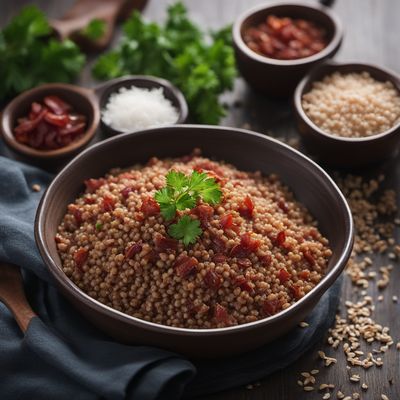
Buckwheat Groats with Crispy Bacon Bits
Savory Delight: Buckwheat Groats with Crispy Bacon Bits

Russian-style Couscous
Buckwheat Couscous with Mushroom and Dill
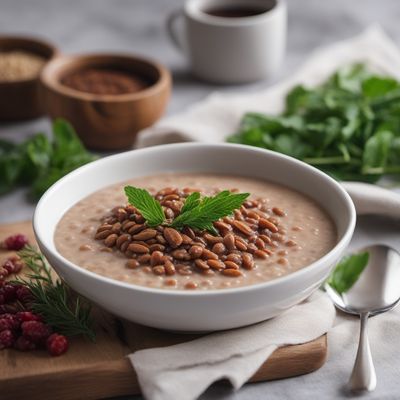
Slovenian Buckwheat Porridge
Hearty Buckwheat Delight: A Taste of Slovenia
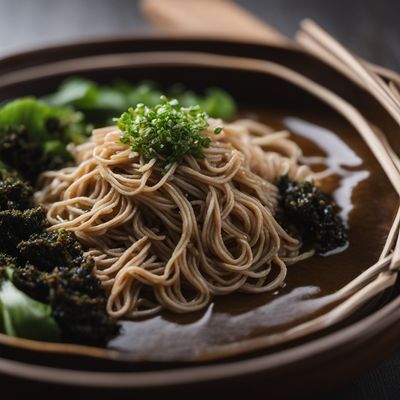
Tanuki Soba with Crispy Tempura Bits
Crispy Delights: Tanuki Soba with a Crunchy Twist

Homemade Tororo Soba
Silky Smooth Delight: Homemade Tororo Soba
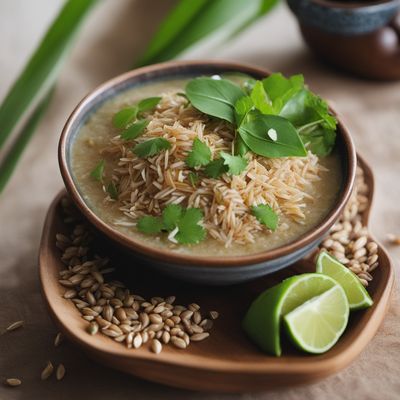
Shulbato with a Southeast Asian Twist
Coconut-infused Shulbato: A Southeast Asian Delight
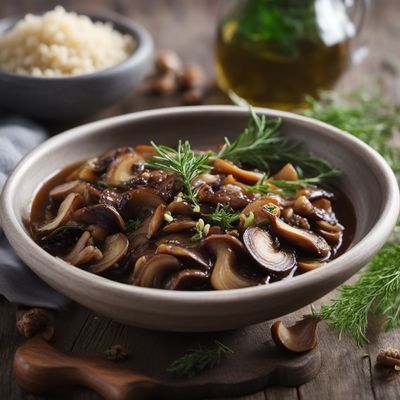
Harapash with a Twist
Savory Ukrainian Harapash: A Modern Twist on a Traditional Delight
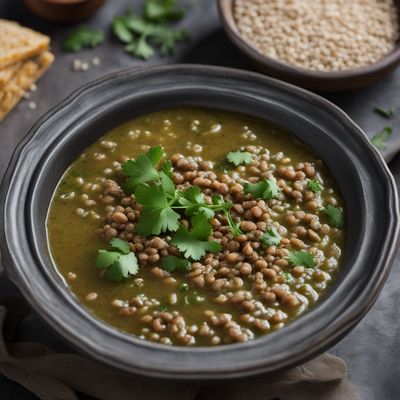
Georgian-style Buckwheat Porridge
Savory Buckwheat Delight: A Georgian Twist on a Classic Porridge
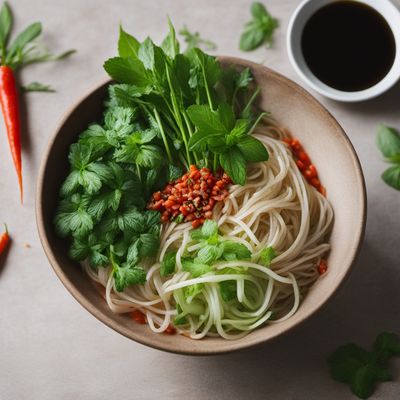
Occitan Spiced Sarrasin Phở Salad
Sarrasin Phở Salad with a Spicy Occitan Twist

Korean Chinese Buckwheat Noodles
Savory and Spicy Buckwheat Noodles with Korean Chinese Flair

Franconian-style Buckwheat Noodles with Mushroom Sauce
Savory Franconian Buckwheat Delight

Russian-style Mushroom Risotto
Creamy Mushroom Risotto with a Russian Twist
